Types and selection of edgebanding machines
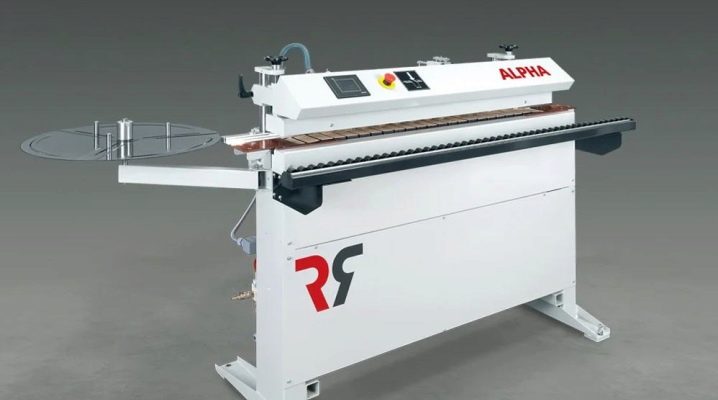
The edgebander is one of the most common devices used in furniture making. Its purpose is to clad the edges of wooden blanks with a straight and curved shape. After such processing, all the main elements of the furniture acquire a neat appearance, become protected from delamination and mechanical damage.
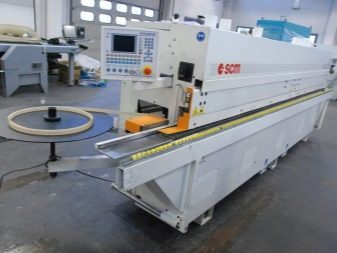
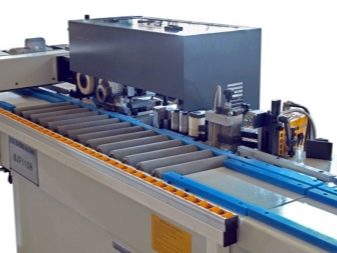
general description
No furniture production can do without edgebanding machines. This is not surprising, since raw ends are a sign of poor manufacturing quality. Even small private workshops and workshops that repair furniture are necessarily equipped with an edge cutter.
Edgebanding is the process of bonding a decorative coating to provide an attractive appearance to the finished product. This technique has become widespread when creating furniture from laminated chipboard and fiberboard, when the limitedness of tiled edges and panel elements requires a mandatory beautiful finish. PVC, ABC, melamine, veneer or even paper with a width of 2 to 6 cm and a thickness of 0.4 to 3 mm are used as facing material.
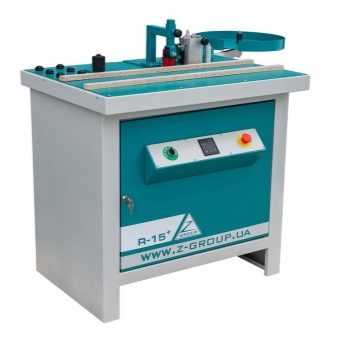
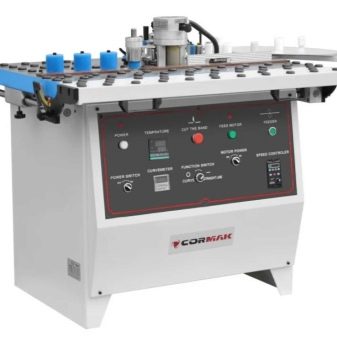
Edging machines are based on the use of glue. During operation, it melts when exposed to high temperatures, and quickly solidifies when it cools. This approach requires the most stringent regulation of the temperature regime and the clamping force of the elements to be glued due to a given force.
If the work is done without observing technology, then the cladding may move away.

The device has a complex design. At the base there is a small table made of PCB or materials with similar characteristics, it prevents damage to the workpiece. On this basis, a working unit is placed, behind it a milling unit is installed to remove overhangs.
The advantages of such a rig include mobility and mobility. Small dimensions provide the ability to move the electric machine to the area where the workpiece is located.
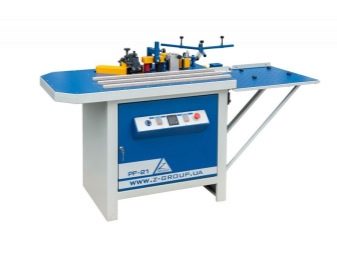
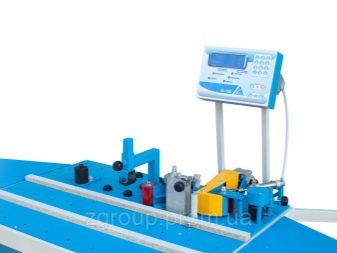
The feed unit consists of a roll, a guillotine and rollers. In the course of work, a facing material is introduced into the system, from which the tape is drawn into the gluing zone by rollers. The required belt feed speed is set by the electric drive of the roller mechanism. The guillotine cuts the veneering blank so that its size is sufficient for processing the entire edge and leaves 25 mm for allowances. In this case, the guillotine drives are pneumatic or automatic.
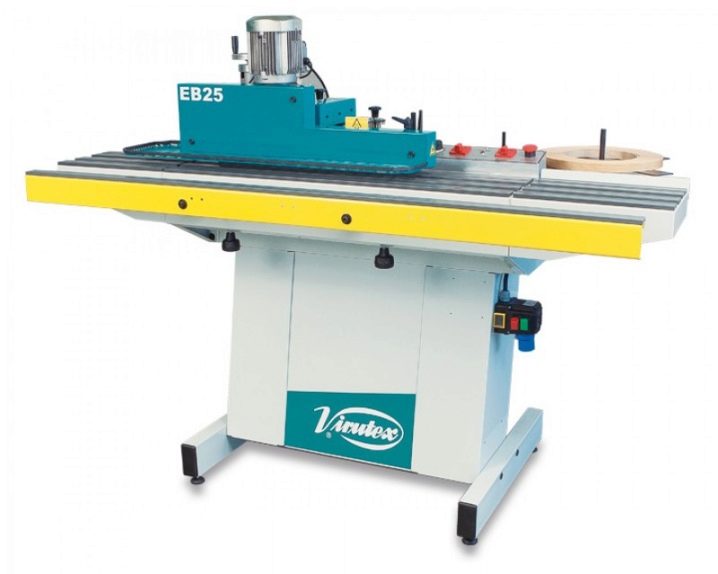
The technical course of processing includes several steps:
- the glue station of the installation applies the glue composition to the surface of the wooden part;
- through the feeding station, the processed edge moves to the processing site;
- the edging material, together with the glue applied to it, is firmly pressed against the furniture blank through moving rollers, holds it for several seconds and is glued;
- the remnants of the finishing material are cut off with trimming units, the excess is removed by a milling device;
- upon completion of processing, the wooden edge is dried and laminated.

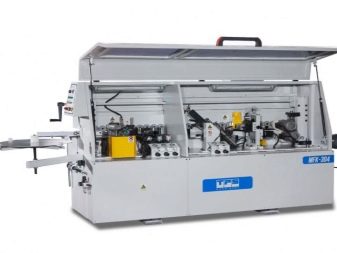
Classification
Modern edgebanding equipment is available in a wide variety of models. All of them differ in their technical and operational characteristics, as well as in design features. Let's dwell on the most common classification options.
By the method of applying the driving force
Depending on the features of the application of the driving force, the machines can be manual or with an electric drive. Manual mechanisms are widely used in individual or small furniture workshops.
Models with an electric drive provide a system for setting the basic parameters of work, they are equipped with digital controllers. Such models are in demand in large-scale production.
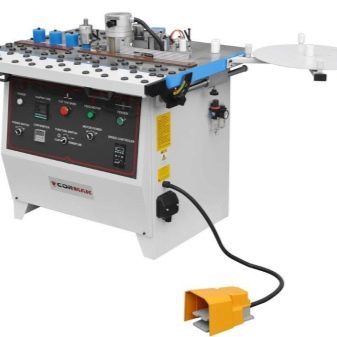
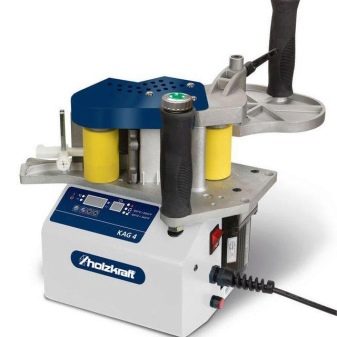
By material used
By the type of material used, edgebanding machines are of the following types.
- Straightforward. They are in demand if it is necessary to finish the dimensional parts. This veneer ensures maximum edging thickness.
- Tape. A manual control mechanism is proposed that allows the operator to fully control the edge feed, as well as create conditions for processing parts of complicated configurations.


By way of control
The methods for controlling the edger may vary.
- Manual unit. The control is carried out in manual mode.
- Semi-automatic. The most demanded group of edgebanding machines. Widespread in large furniture industries.
- Automatic. CNC machines are distinguished by a simple operation mechanism. However, such equipment is very expensive, so it is not in great demand.
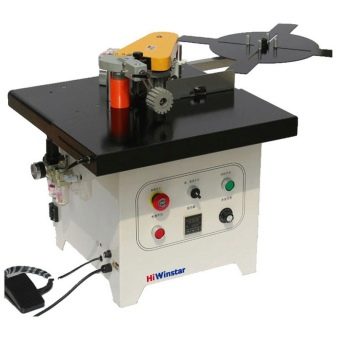
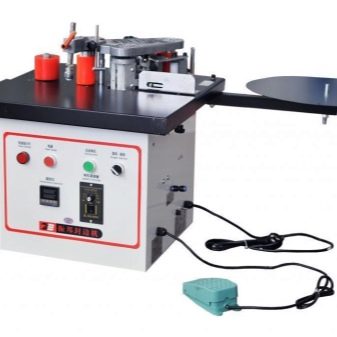
By the type of surface to be treated
Depending on the characteristics of the surface to be machined, edging machines can be designed for the following workpiece options.
- For curved. Usually, manual machines are used to process such products.
- For straightforward. Such equipment is in demand in large workshops, where a large number of workpieces of the same shape and size are flowing.
Combined machines are versatile models that allow you to work with both curved and straight surfaces.
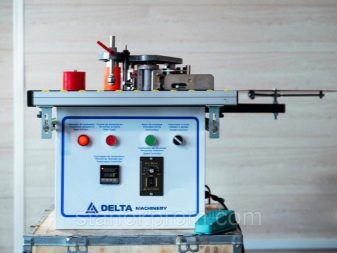
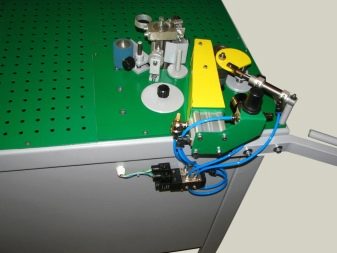
By technological processing capabilities
Edgebanding can be single-sided or double-sided. In the first case, the units are equipped with an automatic part feeding mechanism for cutting off excess edges. A double-sided device is technologically more complex, here the edge is processed simultaneously from both sides.
Such solutions have become widespread in the conditions of serial furniture enterprises with in-line production and intensive workload.

Top Models
Let's take a closer look at the rating of the best manufacturers of edging machines.
Filato
Chinese brand offering a wide range of equipment for furniture shops. The highest quality products are produced under this brand. The advantages of such machines include:
- multifunctionality;
- increased productivity;
- reliability and durability of equipment;
- economical consumption of electricity.
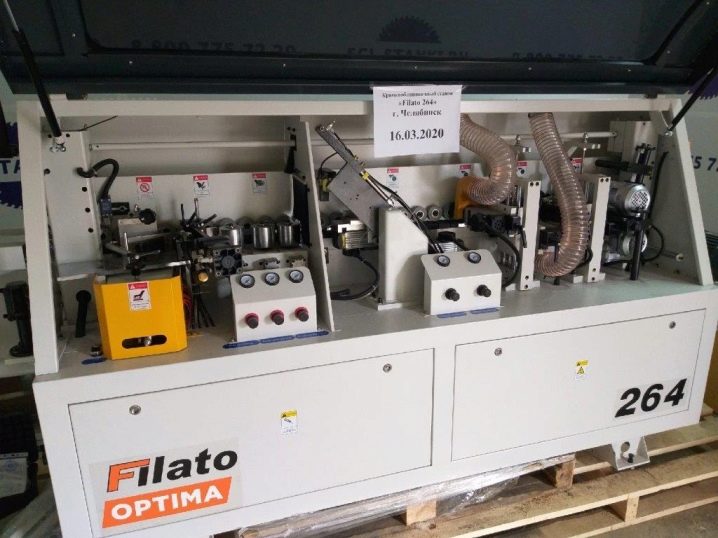
Another significant plus of the brand is maintainability. In case of wear or failure of any element, you can order or purchase a new one in the shortest possible time. This minimizes equipment downtime.
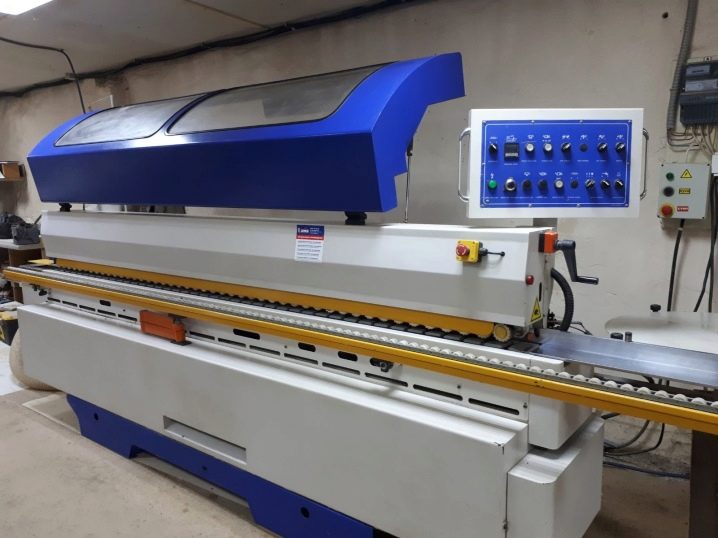
Brandt
German trade brand owned by the Homag group of companies. Technological equipment of this brand is highly valued by furniture manufacturers for their excellent quality, functionality and reliability. Among the main advantages of machines of this brand are:
- the device is easy to maintain;
- the decorative edge is glued perfectly regardless of what material the tape is made of;
- the ability to set the optimal tape and edge feed mode;
- the machine works with belts of various thicknesses.
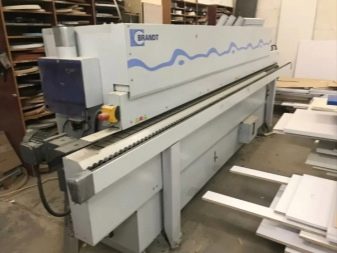

AKRON
Italian series of edgebanding machines manufactured by Biesse. This company has been producing equipment for the production of furniture since the 60s of the last century.On its machines, you can use a wide variety of edging tapes made of traditional veneer, melamine, PVC, as well as wooden battens.
Among the advantages of edging machines are:
- comparative compactness of equipment;
- increased quality of cladding of cabinet furniture elements.
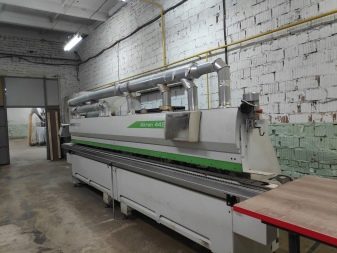
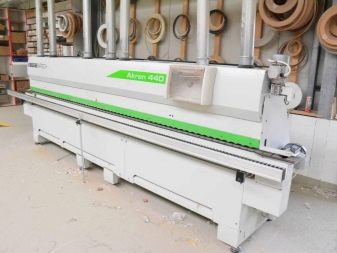
IMA
Another German brand that is part of the Homag holding. Like all other products from this company, the edge banding machines are fully automated devices controlled by software. The line includes one- and two-sided machines.
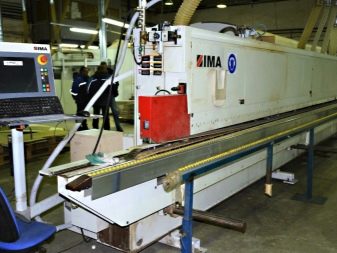
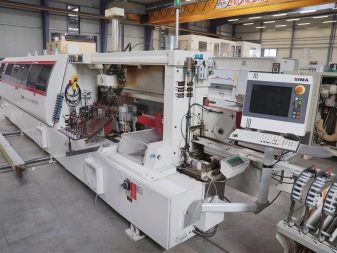
Among the advantages are:
- increased build quality;
- the ability to process edges up to 6 cm thick;
- if it is necessary to use compounds of different colors, the glue bath can be changed very quickly;
- availability of models that allow you to work with rails;
- the CNC system quickly monitors any malfunctions, material consumption, as well as the number of worked pieces.
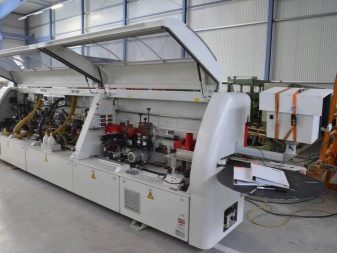
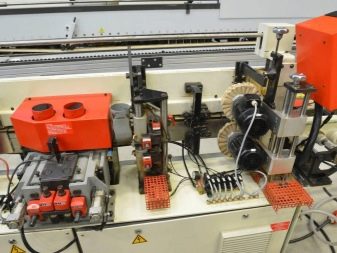
OSTERMANN
One of the largest manufacturers of furniture equipment in the world. The company's products are sold in various countries around the world. This is due to the combination of high quality and affordability. The OSTERMANN 6TF machine is especially popular. Among its advantages are:
- reducing the cost of work;
- consumables and spare parts of high quality;
- production is carried out on the same territory, as a result of which logistics costs are reduced and the cost of the finished product is optimized;
- the ability to work with both natural and synthetic materials;
- the presence of diamond cutters characterized by high strength;
- the container for the glue is treated with a Teflon non-stick coating;
- The glue is supplied in a metered manner, which ensures an economical use of material.
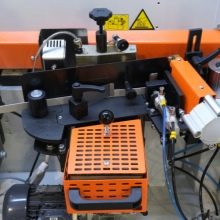
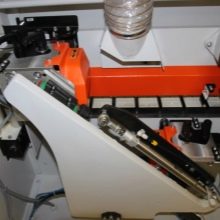
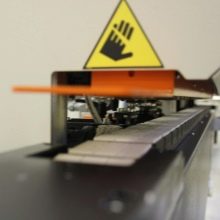
Griggio
The Italian company has been producing equipment for the furniture industry since the middle of the last century. The assortment list includes manual, semi-automatic and automatic installations. They allow you to fix straight edges made of MDF, PVC, laminate and natural wood.
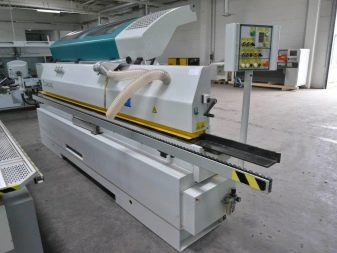
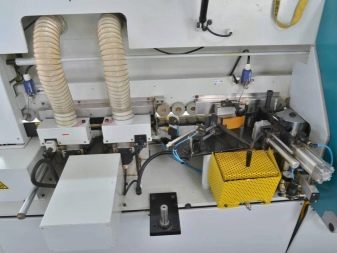
The advantages of this brand's products include:
- a wide range of models of various sizes;
- high throughput;
- the possibility of processing furniture elements up to 60 cm high;
- production of equipment of various capacities, thanks to which each manufacturer can choose the optimal machine for a small or large-scale workshop.
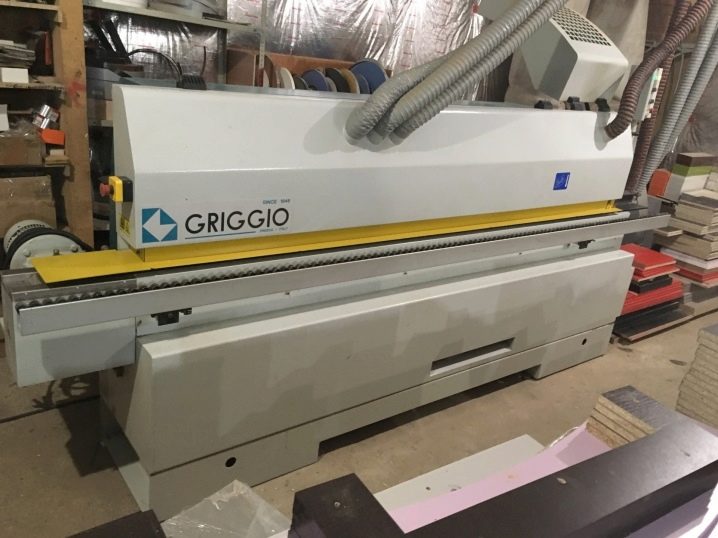
Jet
The American company offers machines at a fairly low cost. Despite this, the equipment pleases with its high quality. The advantages of Jet models include:
- the ability to adjust the parameters of the height of the guide edge;
- durability, practicality and long service life;
- large base area for working with various blanks of cabinet furniture.
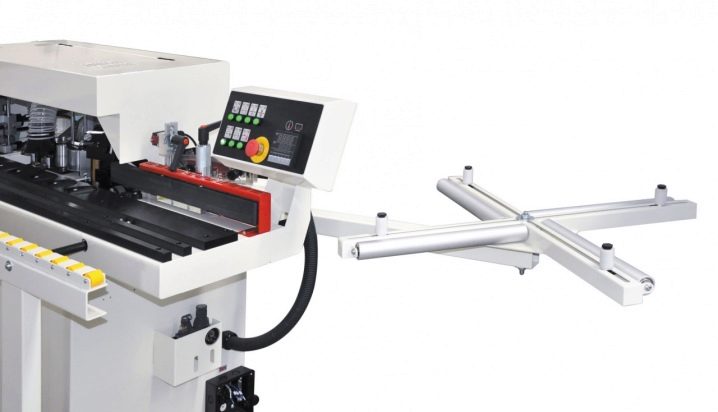
Accessories and consumables
The machines have an impressive list of consumables: return conveyor, heating element, polishing wheel, pressure rollers, pneumatic cylinders, polishing liquid. The glue application and heating system plays an important role. Moreover, it is presented in two solutions: so that the material is supplied immediately with glue, and also without it. In the first case, superglue is located in the tape, but during processing it is heated with hot air. In the second, hot melt glue in granules is used, it is pre-packed in special containers, and then hot applied to the tape using a special roller. Some modifications include a couple of rollers.
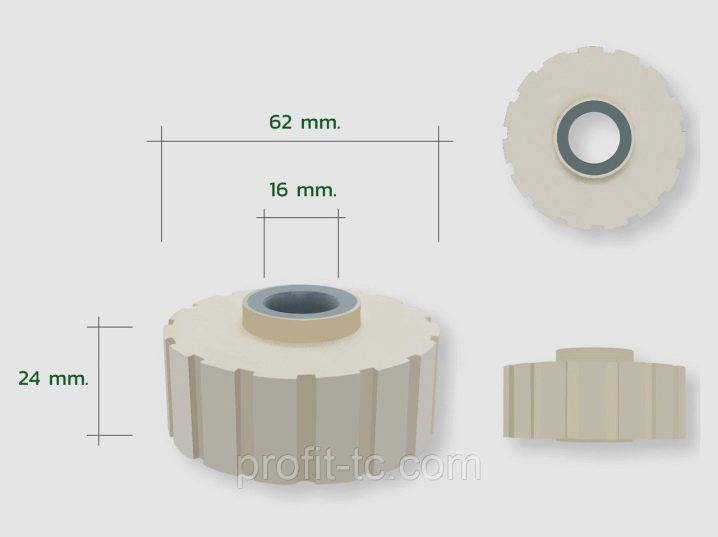
Another important consumable is the glue tray, in which the superglue for the edger heats up to a temperature of 200 degrees. The glue in this container does not burn, acquires a uniform consistency and circulates freely.Most models use special teflon-coated trays with temperature sensors.
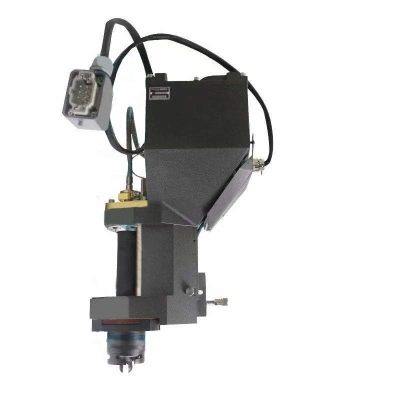
The cartridge for applying the adhesive composition to the plane has its own variations. In this case, the pressure system works on the principle of the main roller. When the tape starts to come into contact with the facing material, a compressive force is exerted on both parts.
If the edger provides a mechanical feed, the tape will be pressed into the edge at once by several alternately placed rollers. In manual units, this function can be performed by a person: he feeds the part and immediately presses it against the emerging tape due to physical efforts. One or two or three rollers are used as a support.
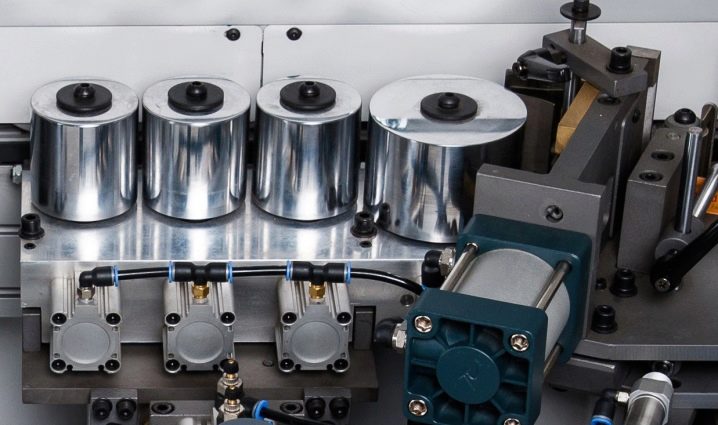
However, in this case, operating the equipment will require good skills. The most modern units operate in an automated mode and are electronically controlled.
What to consider when choosing?
You can glue the edging material by feeding the furniture piece manually or using an automated feeding. Of course, the second option is more convenient. It is used mainly in large furniture industries with their consistently powerful flow of parts.
For furniture repair and one-off production, hand-held models are the best solution. They provide the required level of accuracy, but at the same time they have more affordable prices.
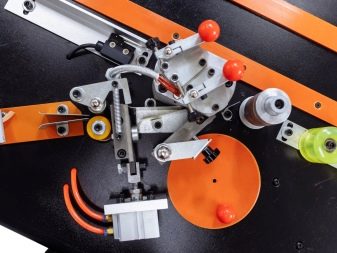
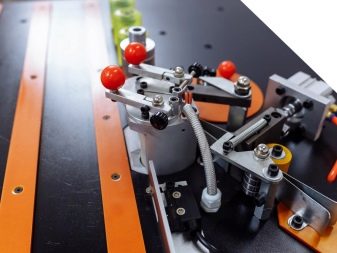
When choosing an edger, there are also a number of key performance indicators to consider.
- Power consumption. Any edgebander is powered by an electric motor. Its power characteristics directly affect the functionality and performance of the equipment.
- Enhanced edge processing quality. It is indicated in millimeters and is important if a curved edge banding machine is selected.
- Table size. It can be a key choice factor. Indicates the maximum workpiece size to be machined because the workpiece must be firmly attached to the table for optimum machining accuracy.
- Accuracy of delivery. Depends on the adjustment mechanism. Some models of hand-feed edging machines can achieve sub-millimeter accuracy.
- Working temperature range. Most of the models operate at temperatures from 100 to 200 degrees; low-temperature models are less common. Under the influence of heating, the material becomes plastic and fixes the workpieces as firmly as possible.
- Dimensions and weight of the structure. The smaller the machine, the easier it is to transport it. It should be borne in mind that installations of a straight-line type are usually firmly fixed to the bases, which makes it possible to neutralize the adverse effects of vibration on the quality of work. At the same time, you can find desktop laser models on sale, the weight of which does not exceed 10 kg. If necessary, they can easily be moved from one workshop room to another.
- Price. A high quality model cannot be cheap. However, some manufacturers deliberately inflate the price of their products, so you need to trust only trusted brands.
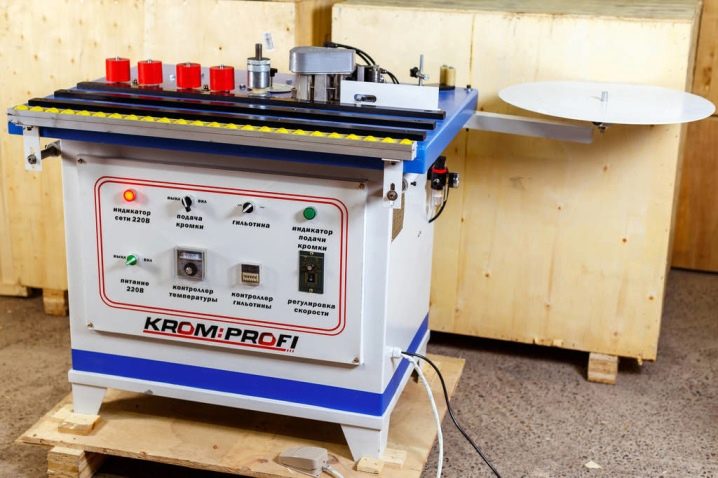
These characteristics must be taken into account when selecting the optimal model of the edge banding machine. Nowadays, manufacturers offer many industrial versions, which have their pros and cons. Therefore, each specific type of equipment must be considered in close connection with the possible operating conditions. It is necessary to determine in advance how much of the edge in running meters you are going to glue. You also need to take into account the type of shape of the processed surface and the length of the edging material.
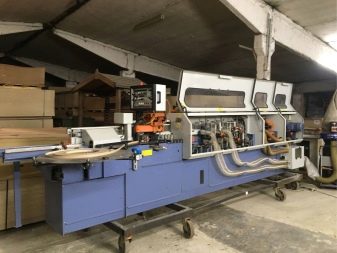

Inspect the placement of the workpiece edge band receiving assembly, make sure milling devices are available. The most modern versions have an automatic lubrication function, as well as an optional glue supply. Keep in mind that in furniture production rooms, as a rule, a lot of condensation and dust forms, and this can adversely affect the pneumatics and disable mechanisms. To extend the service life of the edger, it is advisable to use an additional screw compressor with refrigerator drying and strong filters. The optimal performance of the aspiration device should be 400-2500 m3 / h and create a rarefaction of 2200-2400 Pa.
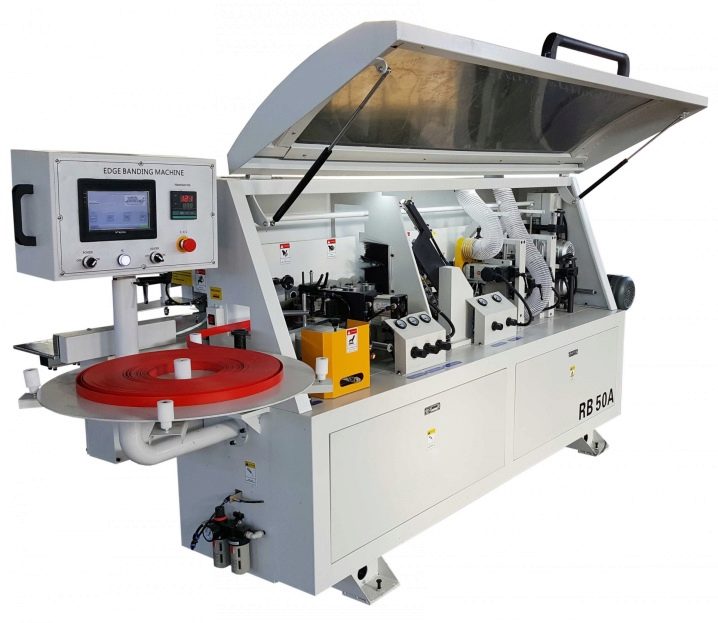
Features of operation
Any technological equipment needs strict adherence to safety rules, careful maintenance and preventive examinations. Failure to comply with these rules will significantly reduce the life of air reducers, pneumatic valves, cylinder cups, and also make the work unsafe for the operator.
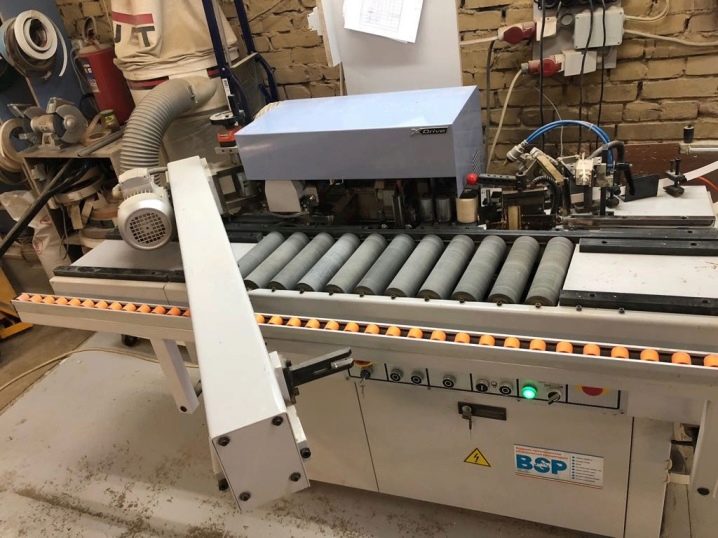
The basic rules for working with such equipment are as follows.
- Before starting, you need to configure the hardware.
- Monitor the condition of the cables and protective devices that protect the machine and the user. Even the slightest damage can lead to failure of electrical components and the need for complex repairs.
- Minimize the risk of phase imbalance in the supply voltage. During the operation of the machine, there is always the possibility of voltage surges. To eliminate this problem, filters and a stabilizer system should be installed.
- Do not allow water, oil or dirt to enter the machine. Some users clean the edging with compressed air, but this is not necessary. High pressure causes foreign bodies to enter unprotected areas. Better to use brushes.
- At the end of the work, lubricate units and parts.

It is very important to accurately set heating parameters and choose the right adhesive. When using poor quality glue, the glue station quickly becomes dirty, and this entails the need to replace all consumables.
Advice: in case of replacement of spare parts, give preference to original ones.
If you find any irregularities in the operation of the machine, suspend the work in accordance with the instructions and invite professionals for consultation.














The comment was sent successfully.